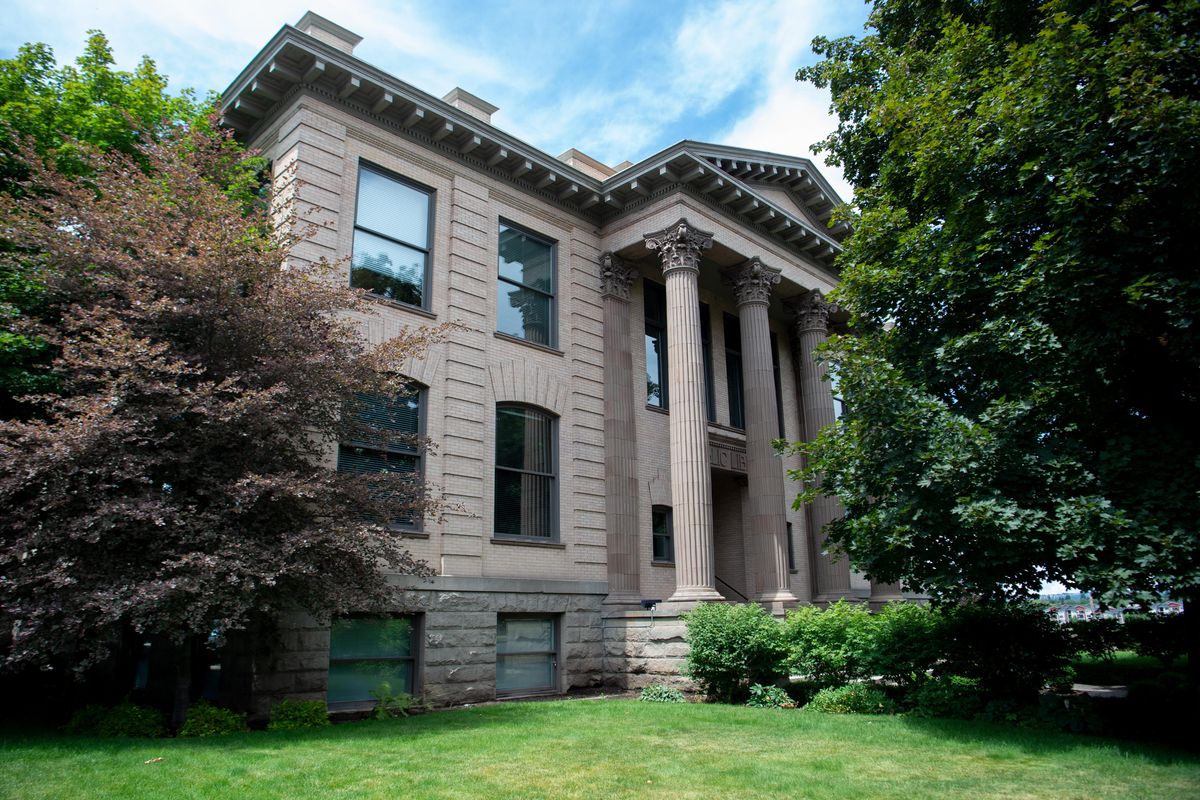Then and Now: The 1905 downtown Carnegie Library

Before the city of Spokane supported a public library, volunteers raised money to buy books and start one, as early as 1880.
Those early attempts were eventually organized into the Union Library Association, which the city agreed to take over in 1891. The first temporary library was in the basement of city hall.
In that era, a library revolution was being created by the fortune of steel magnate philanthropist Andrew Carnegie. Between 1883 and 1929, more than 2,500 new libraries were built in the United States and around the world.
Mayor J.M. Comstock wrote to Carnegie in 1901 seeking funding for a dedicated library building. Sen. George Turner followed up with his own letters and Carnegie agreed in 1903 to fund the project with $85,000, on the condition that the city provide the land and a yearly budget of at least $7,500.
Mining millionaire Amasa Campbell donated the land, a city block bounded by Cedar Street, First Avenue and Riverside Avenue. There was a design competition and architects Herman Preusse and Julius Zittel won with a stately federal neoclassical design of two stories above a daylight basement. The entrance is framed by a stone pediment and four Greek columns.
The ground floor lobby was open to a second floor mezzanine, creating a spacious feel inside. The building was completed in 1905 at a total cost of $100,000.
Carnegie’s generosity continued and in 1913-14, three more libraries were built in Spokane, with another built in Hillyard in 1929.
The booming city quickly outgrew the building, and a four-story addition was added in 1930.
As the role of the public library in public life changed over the years, the city outgrew each of the Carnegie libraries for a variety of reasons. All of the Carnegie libraries are now in private hands, used mainly for business offices.
The downtown library moved out of the 1905 building around 1962, taking over the former Sears store on Main Avenue and Lincoln Street.
The Carnegie building was home to the Intercollegiate School of Nursing until the late 1970s, then sat empty for several years. Since 1993, the former library has been home to Integrus Architecture, formerly the partnership of noted architects Bruce Walker, John McGough and others.